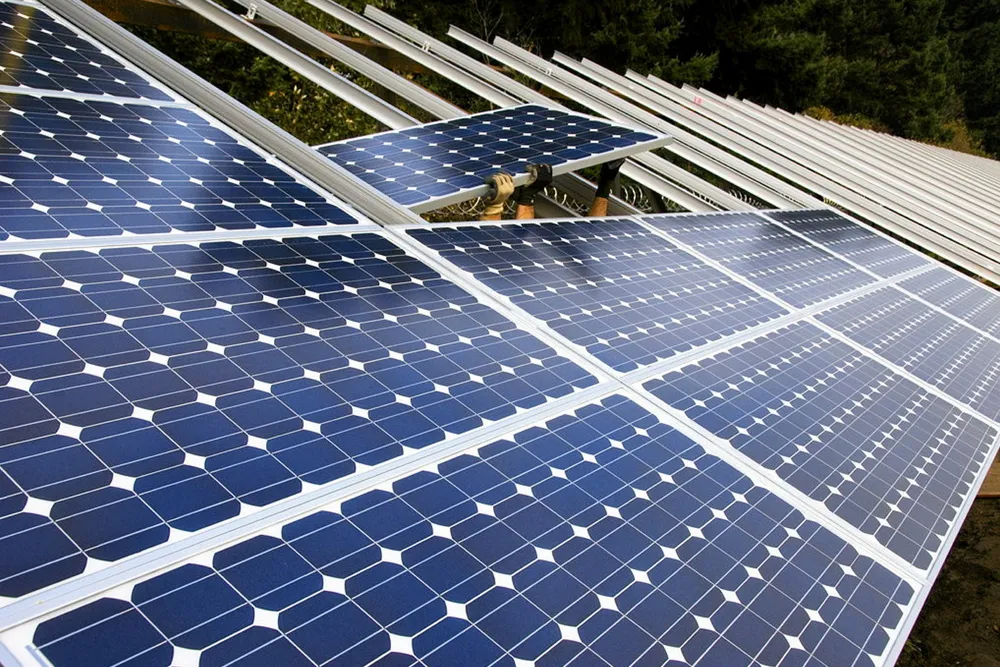Solar to dominate new US power additions – but is it a case of overreliance?
PV set to account for more than 70% of installations over next three years, suggest latest federal data

Solar will dominate “high probability” generation capacity additions in the US over the next three years, highlighting potential overreliance on a single intermittent, non-dispatchable technology amid forecasts of strong electric power demand growth after 2025.
Since taking office in January 2021, President Joe Biden has sought to aggressively promote adoption of solar through federal policies and tax incentives as part of his ambitious climate agenda.
In September that year, the Department of Energy (DoE) issued a study that modeled a “reference scenario” where solar could serve 37% to 42% of US electricity demand by 2035, Biden’s target for the country to achieve a carbon-free grid. Solar met about 5% of electricity demand in 2023.
While easier and faster to install than wind, solar also faces siting and permitting hurdles, interconnection difficulties, and growing opposition from landowners in certain areas of the country.
While increasingly cost competitive with natural gas and wind, solar has by far the lowest capacity factor of any leading US energy source including large hydro and wind. Grid-scale projects without battery storage built in 2022, for example, had a 25.6% capacity factor last year, according to DoE.
By contrast, onshore wind capacity factors have averaged about 37% for turbines installed in 2022, several percentage points lower than large hydro.
Critics have noted that while solar may make economic sense in certain circumstances, in others it does not and represents a questionable investment compared with alternatives.
Also, unlike large hydro and onshore wind, the US solar sector is largely reliant on a supply chain based in Asia where most of the main players are Chinese.
In the first eight months of this year, solar represented about 78% of total installed capacity of 21.1GW placed in service, followed by wind (11%), nuclear (5%), and natural gas (4%).
Elsewhere, geothermal, large hydro and nuclear, three technologies Biden’s administration has sought to promote, will have negligible impact over the next three years. Developers will add 90MW of geothermal, 1.3GW of large hydro, and no nuclear including prototype small modular reactors.
There are no potential additions of coal, a bedrock fuel of US electricity production for decades that still represents about 16% of the country’s 1.3TW available installed generating capacity.
(Copyright)